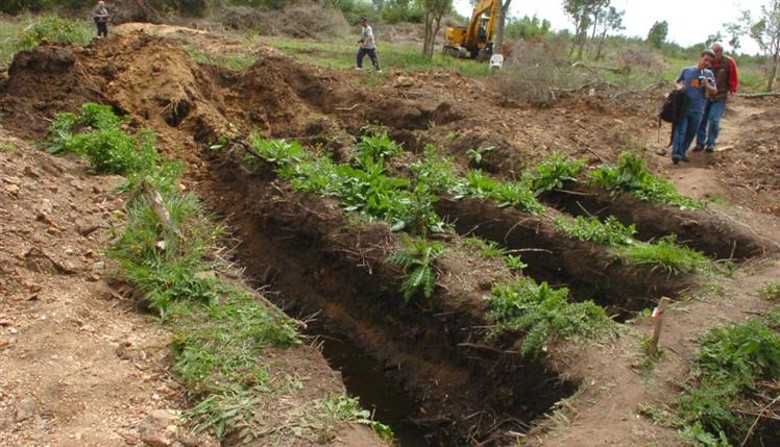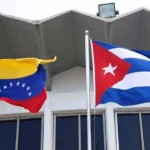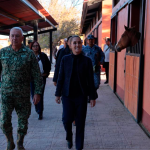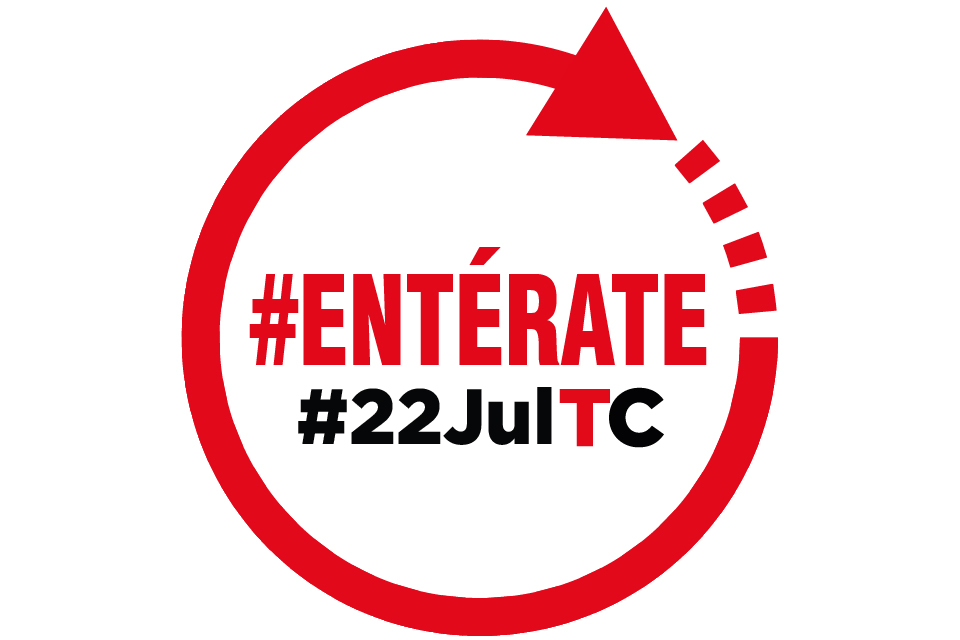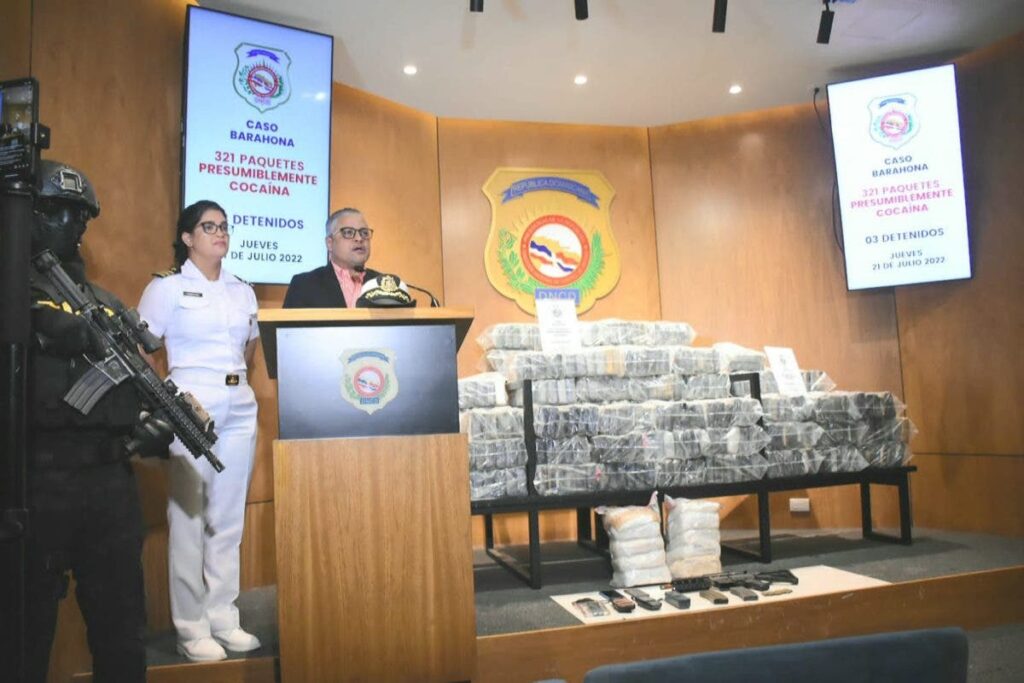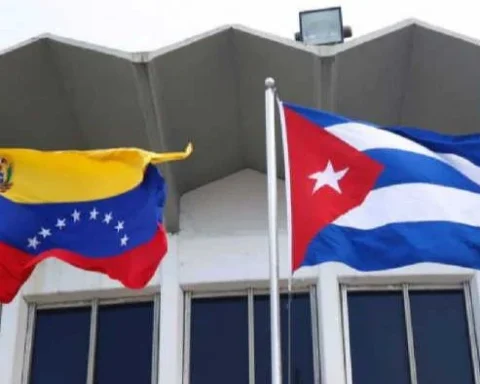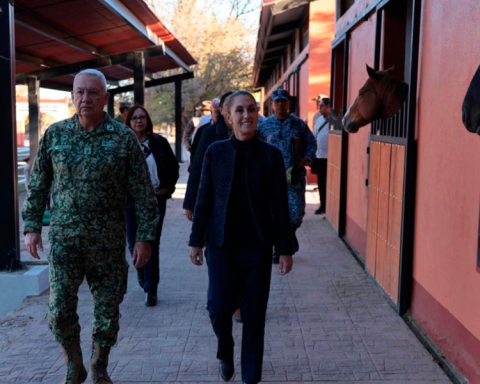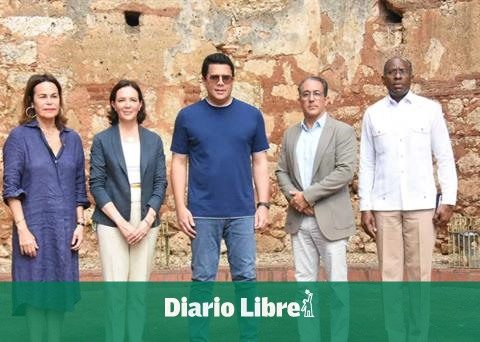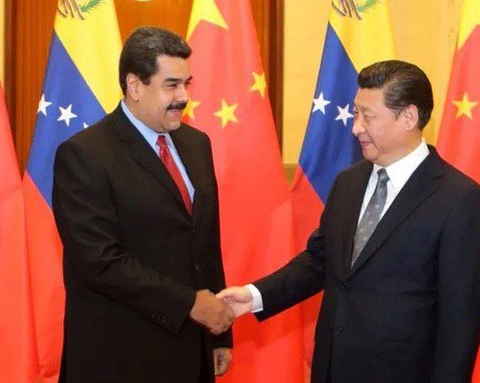This Tuesday the excavations had begun behind the former clandestine detention and torture center known as 300 Carlos. It is a shed of the Army Material and Armament Service (SMA) next to Battalion 13.
At the beginning of the tasks, a shovel of the excavator broke a high tension cable, Minister Javier García reported on the Arriba Gente program on Channel 10.
“An excavator shovel broke a high-tension cable or an important cable and was left without electricity for practically the entire area or well apart from the quartermaster service area, the armament material service of the military areas that are there,” he said. the minister.
Personnel from a private company and a joint venture repaired the rupture and a process to restore the service is initiated.
New information
“Anthropologists arrive when the information gives merit for them to intervene and this information comes from the investigation,” said Dr. Mariana Mota when explaining the resumption of excavations in the column of the National Institution for Human Rights and the Ombudsman’s Office. There was a new testimony that allowed triangulating that area, said Wilder Tayler, director of the Human Rights Institution, about this new attempt to find the remains of disappeared detainees. It is estimated that some 500 people passed through the 300 Carlas clandestine detention and torture center, and eight of them are still missing.
It is a large property adjoining the Lourdes Grotto, where procedures have already been carried out, although not in the area that is currently being excavated. The National Institution for Human Rights and Ombudsman (INDDHH) responsible for these tasks, explained in a statement that “the interest in this property arises from the comparison of existing information and new testimonies that emerged in the investigation process that conducts the INDDHH in application of Law 19,882”, which entrusts the search tasks to the institution.
Anthropologist Alicia Luziardo, a reference for the Forensic Anthropology Research Group that works at the site, explained to Informative Uruguay that the surveys carried out on the ground and especially, the comparison of aerial photographs of the place, allowed to establish a limited space where to work.
In addition, there are testimonies of people who worked in the place who described certain movements in the area that may suggest that there were burials there.
“What we don’t know is the depth to which we should dig, it could be 80 centimeters or three meters,” Luziardo described.
The work of the anthropological teams is expected to take place over two months.
